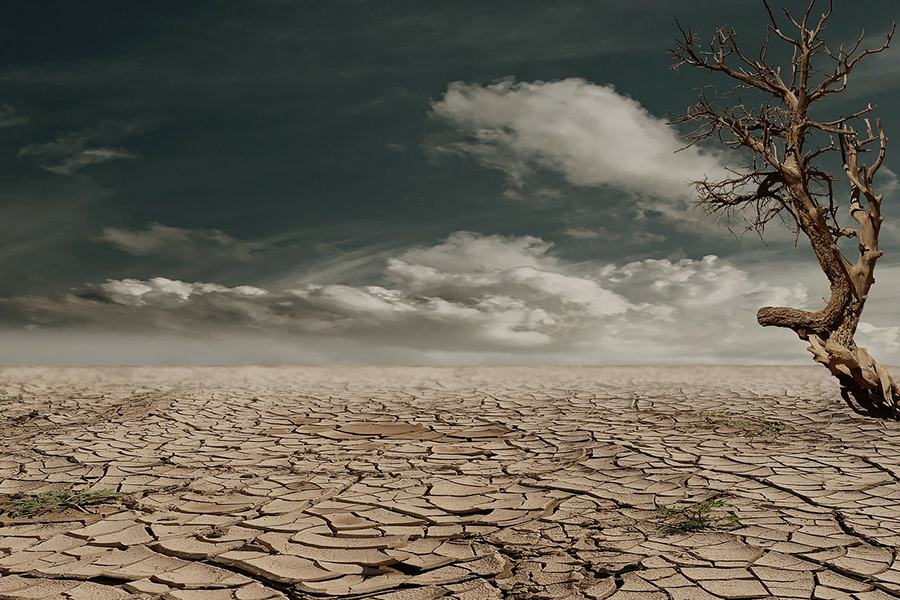The Washington drought of 2015 has seen the Evergreen state endure its driest summer months on record. Temperatures have been high with limited moisture and the forecast for the coming months appears much the same. Drought stress of this magnitude and duration can be devastating to trees if proper tree care is not taken.
Your Trees Provide Visual Cues When Suffering From Drought Stress
Your trees provide visual cues when suffering from drought stress. These visual signs can come on quickly, though be aware that some trees can take up to two years to show drought symptoms.
Drought stress symptoms include:
- Leaf browning and wilting
- Leaf yellowing
- Smaller leaves
- Premature leaf fall
- Evergreen needles may brown
- Long-term drought stress can lead to increased susceptibility to insect infestations and disease.
It is important to stay proactive during times of drought stress to ensure the health and vitality of your trees. While seeing mild stress symptoms does not signal the end, it is best to maintain a healthy water and tree care cycle.
Tree Care Measures You Can Implement During Drought Stress
Basic preventative measures can be taken to ensure the health of your trees during times of drought. Obviously, a watering cycle should be maintained. A general rule of thumb is to simply water your trees whenever the soil moisture is low. Outside of that, you can follow a few general guidelines:
- 10 gallons of water per inch of trunk diameter. A basic formula to guide you: 5 min X Tree Diameter = Watering duration.
- Smaller Trees (1 to 7” in diameter): Water at least three times a month, April through September
- Medium Trees (8-15” in diameter): Water at least three times a month, April through September
- Large Trees (16” and up in diameter): Water at least three times a month, April through September
- Implement a mulch bed around your trees to reduce moisture loss. Ensure the mulch remains about 6” back from the trunk.
- Properly prune to remove dead and weakened branches. As mentioned above, drought stress can make your trees more susceptible to disease and insect infestation. It’s best to remove dead branches to minimize risk.
- Refrain from fertilizing your trees during drought stress. If your trees have not been properly watered and maintained, the salts contained in fertilizers can burn your trees root system.
The Take Away
Long periods of drought such as the state of Washington has endured this year, can have significant effects on the health and vitality of your trees. Your trees will show physical symptoms of drought stress including brown and wilted leaves, premature leaf fall, and smaller leaf growth.
It is important to maintain proper tree care during these times of stress. We provided you with a few general rules of thumb for watering and caring for your trees. These basic guidelines can mean the difference between enjoying your trees for years to come and watching them succumb to disease and infestation.
Contact us today to learn more about how you can implement proper tree care during times of drought stress.








